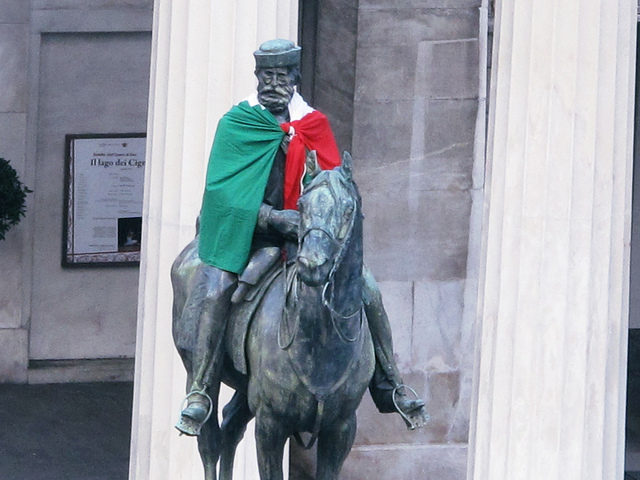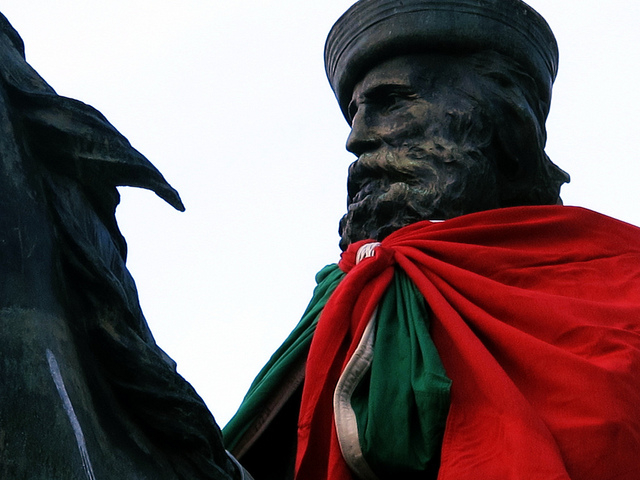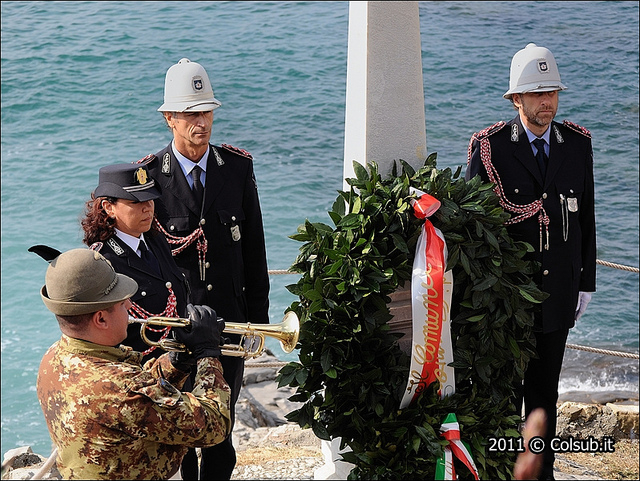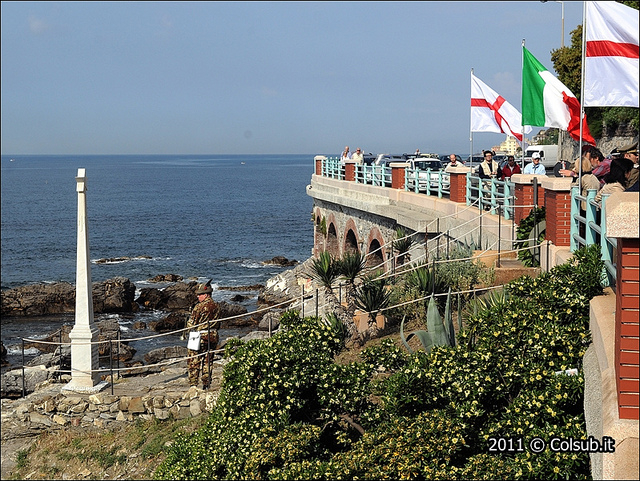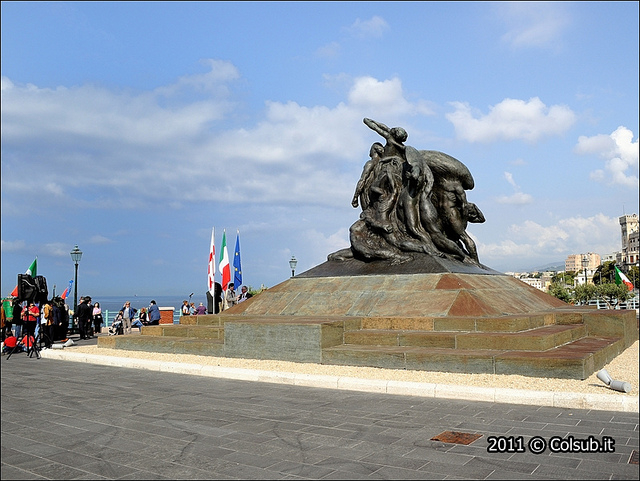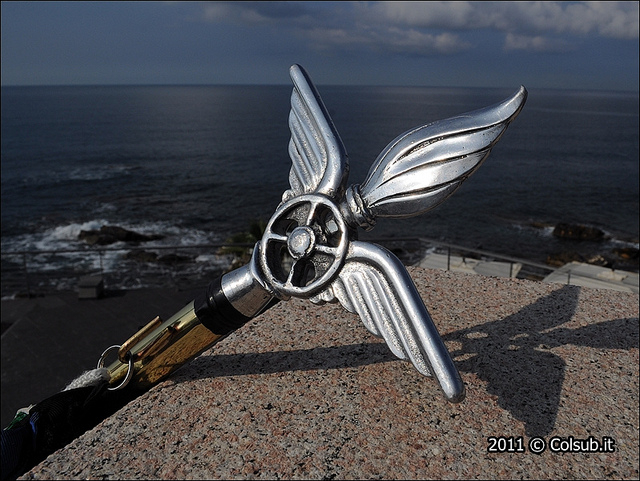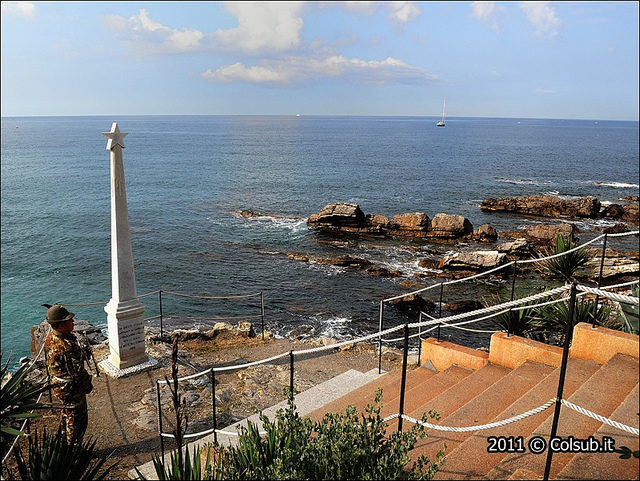Giuseppe Garibaldi
Giuseppe Garibaldi was born in Nice on 4 July, 1807. At a very young age, he joined the Sardinian Navy and became captain of a merchant vessel. In the same period, he began to take an increasing interest in patriotic movements, both in Italy and elsewhere in Europe.
At the age of 26, he joined the "Giovine Italia" (Young Italy) movement: in Marseilles, he met Giuseppe Mazzini and decided to participate in the revolt of Genoa in 1834. This insurrection failed, however, and Garibaldi, sentenced to death in absentia, was forced to flee into exile in South America, where he fought in Brazil and Uruguay.
At the start of hostilities between Austria and Piedmont, he left Montevideo and returned to Italy, where he offered his services to Vittorio Emanuele II, taking part in the First Italian War of Independence.
In 1849, in Rome, he led the defence of the Roman Republic; after the fall of the city under the French siege and the subsequent retreat – during which his wife Anita, who he had met in the uprising of Rio Grande in 1842, died – he went into exile once more, and later moved to the island of Caprera.
He left from there to take part in the Second Italian War of Independence, in which he recorded numerous victories. On May 5, 1860, he set sail from the rocky coast of the Genoese neighbourhood of Quarto bound for Marsala, where he began his unstoppable march toward Naples, storming the city on September 7. On October 26, he met Vittorio Emanuele II in Teano to hand over the conquered territories to him, after which he returned to Caprera.
In 1862, Garibaldi led an expedition of volunteers to free Rome from the papal government; this undertaking was opposed by the Piedmontese and he was forced to retire yet again to Caprera.
In 1866, he participated in the Third Italian War of Independence, but despite his victories, he was compelled to abandon the Region of Trentino by order of the Piedmontese. In 1867, he again set himself at the head of an expedition to free Rome, but the attempt failed once more.
In 1871 he faced his last challenge, fighting with the French against the Prussians; to no avail, however, for the French defeat was ultimately inevitable, and Garibaldi finally returned to Caprera, where he remained until his death on 2 June, 1882.
Each year, on May 5 (or on the following Sunday), an event is held to celebrate the Expedition of the Thousand. After the official ceremony held in the presence of the Mayor, a historical re-enactment takes place at the monument of Quarto, close the rocks from which the "red shirts" set sail. Amid historical costumes, gonfalons and the Italian flag, the procession travels up Via Sartorio to the Museo Garibaldino, set up in the villa of Cesare Augusto Vecchi, where the general stayed before setting sail and where you can admire numerous relics.

